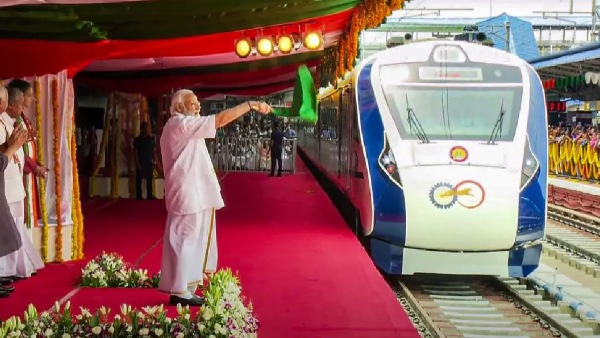Table of Contents
- A New Chapter for Indian Defence: Russia’s Su-57E Proposal
- Unprecedented Access and Localisation on Offer
- Integrating Advanced Technologies for India
- Boosting Self-Reliance with Indian Missiles
- Path to Homegrown Stealth: Technology Transfer and Co-Production
- A Strategic Move in Indo-Pacific Dynamics
- Conclusion: A Potential Transformation of India’s Air Power
A New Chapter for Indian Defence: Russia’s Su-57E Proposal
In a move that could significantly reshape India’s defence capabilities and its indigenous aerospace ambitions, Russia has reportedly offered its advanced Su-57E stealth fighter jet to India. This proposal goes beyond a mere sale, with Russia reportedly backing the deal with substantial commitments towards deep localisation, seamless integration with Indian systems, and complete alignment with India’s ‘Make-in-India’ initiative. If accepted, this could mark a transformative phase for the Indian Defence Industry, providing invaluable learning from a cutting-edge stealth platform and propelling India towards its goal of designing and manufacturing its own stealth aircraft.
Unprecedented Access and Localisation on Offer
Sources indicate that Russia’s offer to India for the Su-57E includes an unprecedented level of access, potentially granting the Indian Defence Ministry full access to the aircraft’s source code. This level of autonomy would enable India to not only operate the aircraft independently but also to modify its avionics and integrate new weaponry developed domestically or by third parties. This level of technological freedom reportedly surpasses any previously extended by Western suppliers, marking a significant departure from traditional arms deals.
Integrating Advanced Technologies for India
The proposed Su-57E for India is expected to incorporate advanced technologies that were previously earmarked for the upgrade program of India’s existing Su-30MKI fleet. These enhancements reportedly include a state-of-the-art Gallium Nitride (GaN)-based Active Electronically Scanned Array (AESA) radar, which would provide superior detection and tracking capabilities. Furthermore, the aircraft is proposed to feature an indigenous mission computer, underscoring the commitment to integrating Indian-developed systems.
Boosting Self-Reliance with Indian Missiles
A key aspect of the offer is the Su-57E’s compatibility with Indian-made air-to-air and air-to-surface missiles. This capability would significantly reduce India’s reliance on foreign suppliers for critical weaponry, further bolstering the nation’s defence self-reliance. The potential to deploy indigenous missiles like the Astra series and Rudram anti-radiation missiles from a fifth-generation platform like the Su-57E would considerably enhance India’s offensive and defensive capabilities.
Path to Homegrown Stealth: Technology Transfer and Co-Production
Beyond customisation and integration, Russia is reportedly open to extensive technology transfer, potentially including access to critical source codes. This unprecedented level of cooperation could provide Indian scientists and engineers with invaluable insights into the intricacies of designing and manufacturing stealth aircraft. Moreover, discussions reportedly include the possibility of co-production of the Su-57E with Indian firms, including Hindustan Aeronautics Limited (HAL) and private sector partners. This collaborative approach could lay the foundation for India to develop its own advanced stealth fighter technologies in the future.
A Strategic Move in Indo-Pacific Dynamics
This offer from Russia comes at a time of increasing geopolitical complexities in the Indo-Pacific region. By providing India with a cutting-edge stealth fighter and the technology to integrate it with indigenous systems, Russia aims to strengthen its long-standing defence partnership with India. This move could also be seen as a strategic gambit in response to potential offers from other nations for fifth-generation fighter jets, highlighting the intense competition in the advanced military hardware market.
Conclusion: A Potential Transformation of India’s Air Power
Russia’s offer of the Su-57E fighter jet to India, coupled with promises of deep localisation, technology transfer, and co-production, presents a unique opportunity for the Indian Defence Industry. If India accepts this proposal, it could not only significantly enhance its air power with a modern, stealth-capable fighter but also gain crucial knowledge and technology to advance its own indigenous stealth aircraft program. This potential deal could indeed mark a new and transformative chapter in India’s journey towards self-reliance in defence manufacturing.








Leave a Comment